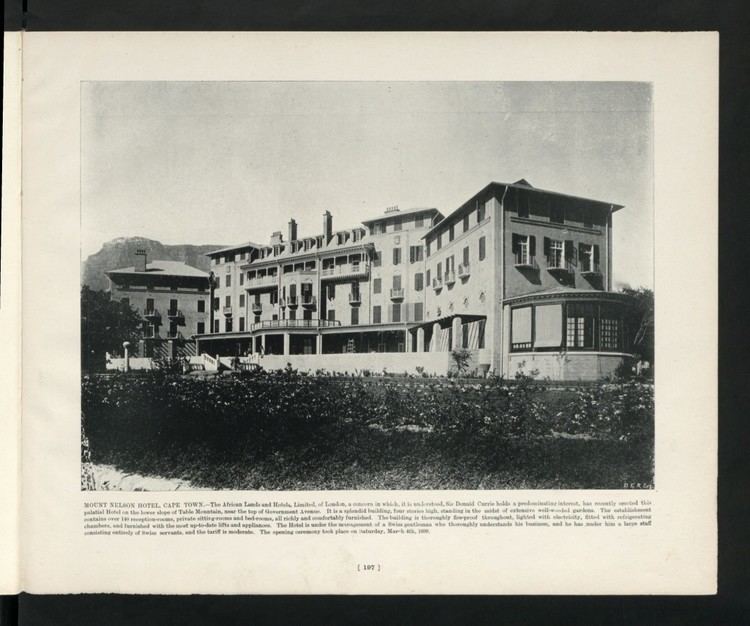Opening 1899 Number of rooms 198 | Management Belmond Ltd. | |
 | ||
Location 76 Orange Street, Cape Town, South Africa | ||
Belmond Mount Nelson Hotel is a hotel at the centre of Cape Town in a garden estate overlooked by Table Mountain.
Chronology
References
Belmond Mount Nelson Hotel Wikipedia(Text) CC BY-SA
